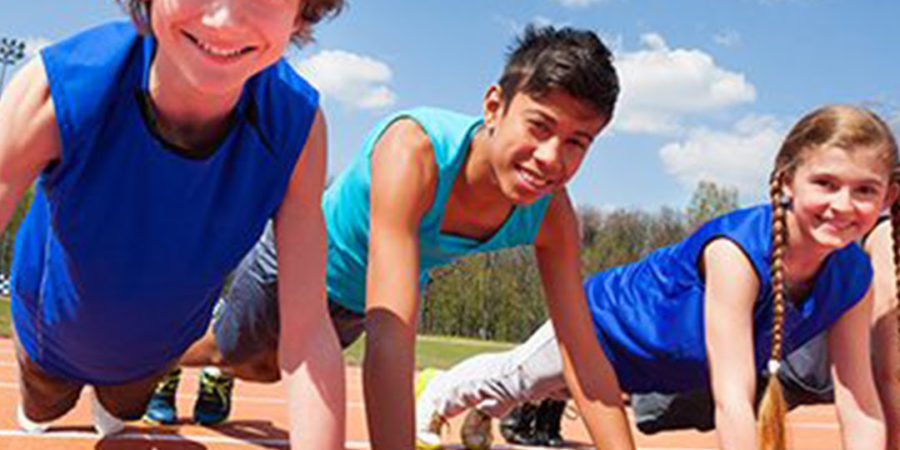Endorphins! The Key to Effort & Focus in Children and Teens
Endorphins are natural chemicals produced in the body to reduce pain and boost happiness. These “feel-good” chemicals cause a state of euphoria, and are released during exercise or boosted through laughter or excitement.
In recent years, we have been seeing more research on how endorphins contribute to learning, and as a result, physical activity is now considered essential to brain development. All the research boils down to one basic principle: when we feel good, we learn better!
When we intellectually stimulate our students’ minds through scenario training or character building exercises, Krav Junior students are primed to retain the skills they learn. That’s because children’s abilities to learn is optimized when endorphins are released during physical activity. The mind-body connection is a powerful thing.
When working with children and teens, we believe that it is essential to develop the whole self. By stimulating the release of endorphin, we can combat the harmful effects of cortisol, the hormone that’s released during times of stress or fear, and, therefore, have happier children. Physical activity leads to endorphins, endorphins lead to better learning, better learning leads to increased knowledge, increased knowledge leads to more confidence, and so on.
Now that we understand the value of endorphins, we must ask ourselves – how can we, as parents, teachers, coaches, and anyone who works with children, put this information to good use?
The answer is in creating a learning environment that releases endorphins so that students apply more effort and are better able to focus.
The Krav Junior program does this by teaching with the brain in mind and utilizing game-based learning. Along with this, two of the teaching skills that our Krav Junior instructors use in class are specifically designed to increase the students’ endorphin levels:
- Up The Rep: The use of “up the rep” as a teaching skill in class helps the students have more energy throughout an exercise, which ultimately leads to them exhibiting more effort. For example, if students are practicing side kicks on a bag and they are told to do 50, the goal is for the 50th kick to be the best one. However, students often start out full speed and their energy depletes as they get closer to the 50th rep. The best thing to do is have them start out their reps easier and increase their power as they get to 50. That way they end with their best one yet! This gives the students a rush of endorphins and they finish the exercise feeling stronger.
- Neurobics: The use of “neurobics” in class helps the students by increasing their neural stimulation and, therefore, they become more focused. For example, if the students are doing pushups, instead of counting to 10, count in colors or characters, or even count backwards. This will increase the neural firing in their brains and keeps their minds from wondering.
By utilizing these teaching skills, the endorphins in the students’ brains increase, which leads them to feeling better and, therefore, learning more. The combination of having more energy and being cognitively stimulated leads to more effort and focus in class!
Source: SKILLZ


Comments are closed.